\
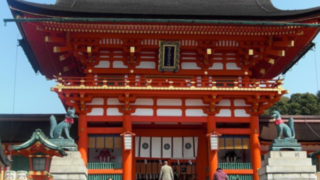 Fushimi-inari
Fushimi-inari
Fushimi Inari shrine wonderland(1)
 Fushimi-inari
Fushimi-inari  未分類
未分類 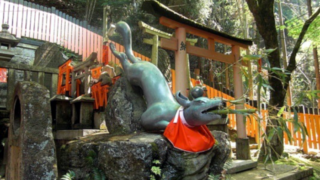 Fushimi-inari
Fushimi-inari 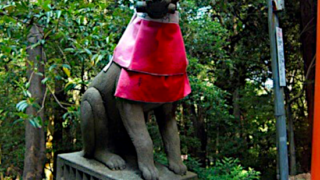 Fushimi-inari
Fushimi-inari 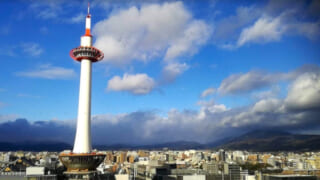 Environment of Kyoto City
Environment of Kyoto City 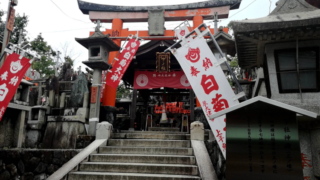 Fushimi-inari
Fushimi-inari 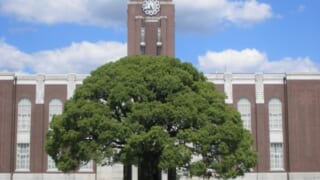 Area Guide for Living in Kyoto
Area Guide for Living in Kyoto 